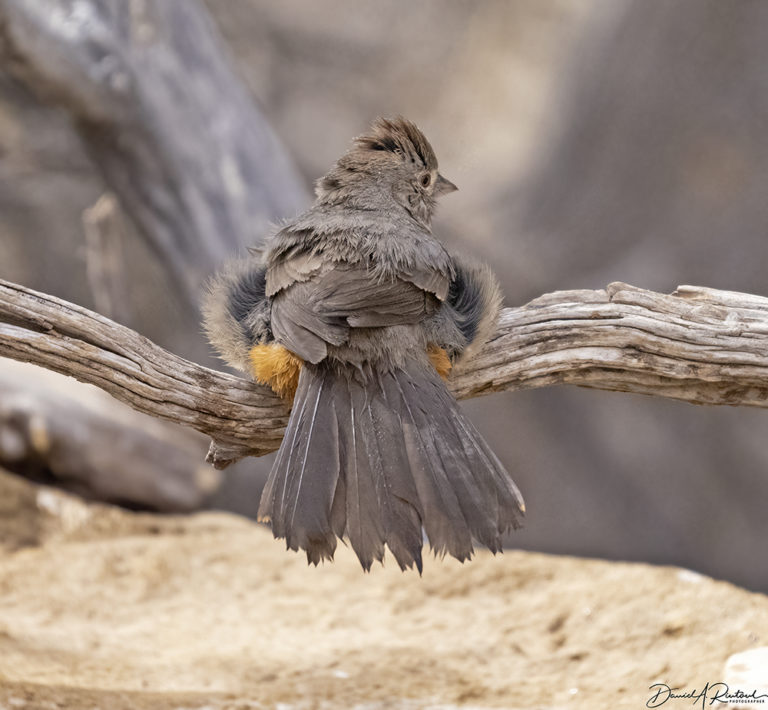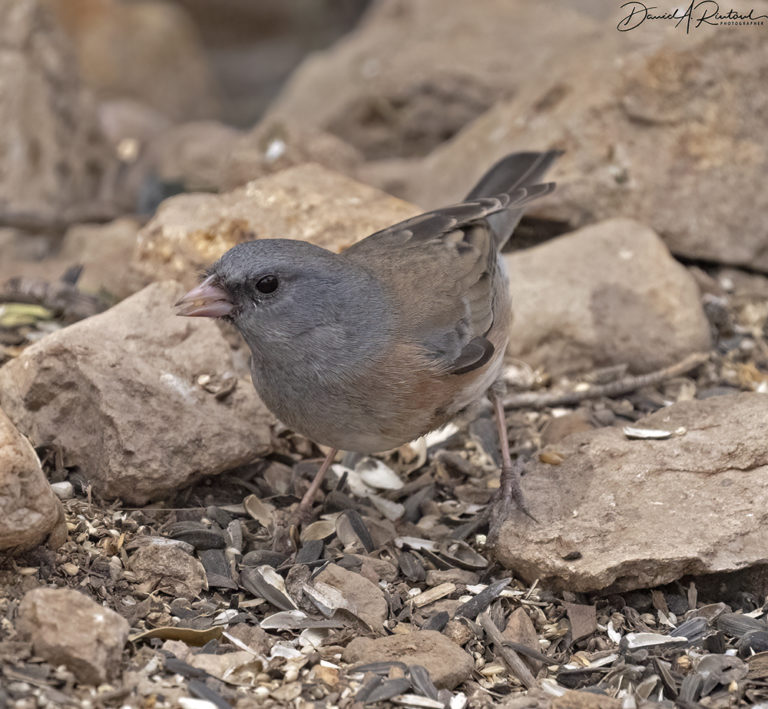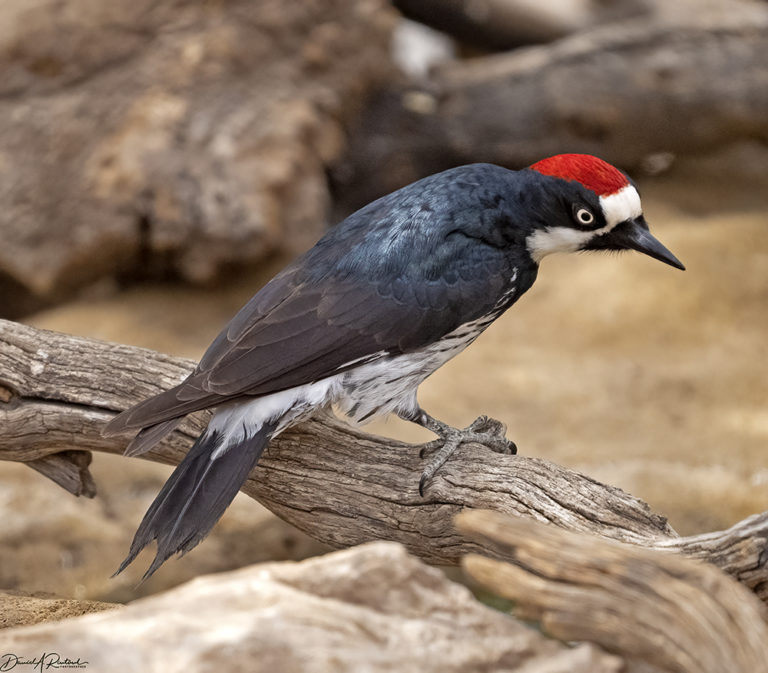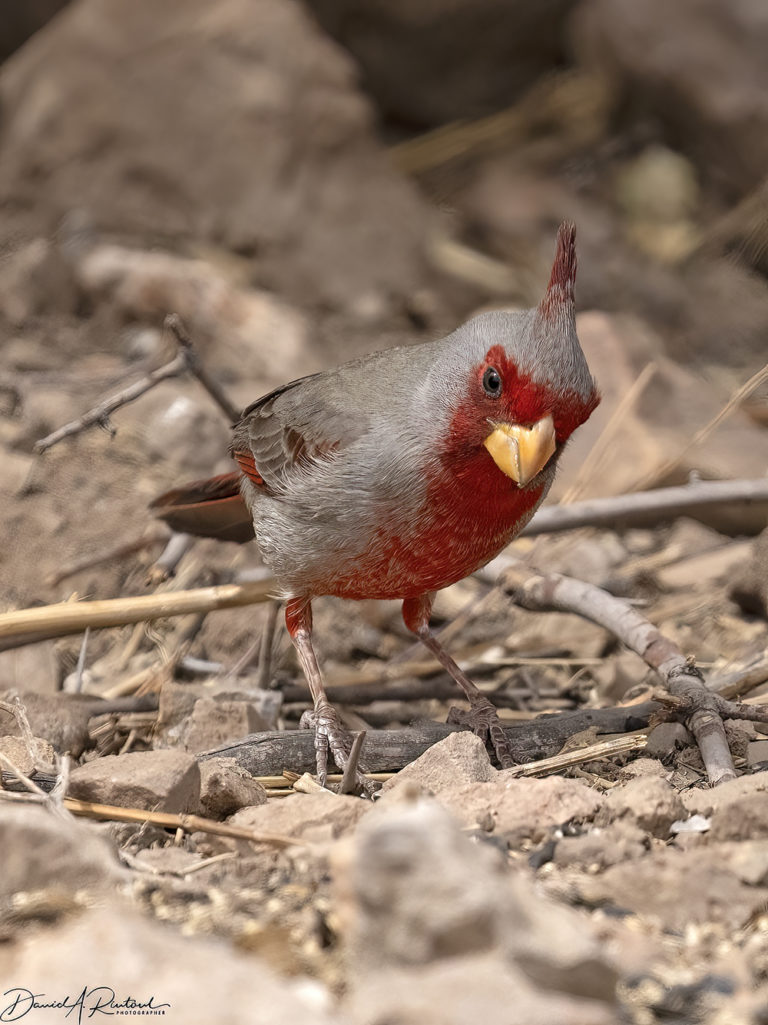On the Road is a weekday feature spotlighting reader photo submissions.
From the exotic to the familiar, whether you’re traveling or in your own backyard, we would love to see the world through your eyes.
It’s Albatrossity Monday, then it’s Mr. Frog on Tuesday after being postponed because Elma was literally on the road (without good access to internet) when I had first scheduled Mr. Frog! BillinGlendale takes us on a surprise trip back in time, then we finish up the week with JanieM and the second installment from Mike S (now its a democratic congressperson!)
Albatrossity
Week 2 of Arizona Spring is again a diverse set of avian creatures, some of which are unique to Southeastern AZ, and some of which are more wide-ranging. Many of these were photographed at the Ash Canyon Bird Sanctuary, whose story is worth highlighting. The sanctuary is tucked into the bottom of a canyon in the Huachuca Mountains, and is currently operated and maintained by Sheri Williamson and Tom Wood, two extraordinary advocates for the natural world. We were fortunate to spend an evening with Tom and Sheri on this trip.

Near the top of the list for SE AZ specialty birds sought by visiting birders, this Bridled Titmouse (Baeolophus wollweberi) is a noisy and sprightly denizen of the oak/sycamore canyons of the region. Its perky crest combined with that stripy face distinguishes it from all other North American members of the family. Like the Mexican Jay featured in last week’s post, the specific epithet, given by the ornithologist Charles Lucien Bonaparte, is in honor of the person who collected the first specimen, allegedly in Mexico. But nobody has been able to figure out who Wollweber was, when he lived, or where he collected…

This Canyon Towhee (Melozone fusca) had just finished an extended splashy bath in the water feature, and was drying off its tail feathers in the spring sunlight. Formerly known as the Brown Towhee, it was split from the very similar California Towhee (Melozone crissalis) in 1989. Ranges and vocalizations of these two nearly identical species do not overlap, but if one showed up in coastal California, it might be ignored by most birders.

Winter was hanging around later than usual in SE AZ this spring, and one of the winter birds that was still in the area was this Dark-eyed Junco (Junco hyemalis). This one is a representative of the Pink-sided Junco (J. h. mearnsi), which spends the summers in the high mountains of Wyoming, Montana, Idaho, and Alberta. It is a very pretty variation on the junco theme.

Another winter lingerer was this Lincoln’s Sparrow (Melospiza lincolnii), which seemed to be in very fine spring plumage, but had not yet departed for parts north, where it favors high-altitude dense shrubby and boggy areas for nesting habitat. It has always been amazing to me that so many of our birds can adapt to very different habitats in winter vs. summer, and that they do this twice a year!

Ruby-crowned Kinglets (Regulus calendula) are regular winter visitors to the southern states, and regular migrants nationwide, but tend to be jumpy and difficult to photograph. So I attempted to get some shots of this one, and they are OK as far as images go, but I am still seeking one that will flash that crimson crown at me in a photo!

Lesser Goldfinches (Spinus psaltria) are a common species of the western US, rarely venturing east of Texas. They come in two distinctive regional morphs , differing in the color of the backs of the males. This one, with the greenish back (S. p. hesperophilus), is the most common version in the western part of the range. The next image is a black-backed morph (S. p. psaltria), aka Texas Goldfinch. One little-known fact about this species is that the males incorporate phrases from other species (both birds and mammals) into their territorial song repertoire.

Adult male Lesser Goldfinch, black-backed form.

Acorn Woodpeckers (Melanerpes formicivorus) are wild-eyed and wildly vocal residents of the southwestern US, Mexico, California, and Oregon. Throughout this range they are associated with oaks, and they stash immense quantities of acorns in holes drilled into trees and posts. This is a highly social species, and raucous flocks of these birds are regularly encountered in these mountains.

Many species of hummingbirds are found in this part of Arizona, some quite common and some quite rare. This is one of the rare ones, Violet-crowned Hummingbird (Leucolia violiceps), and there are really only a few places where it can be reliably found in the US. One is the Paton Center for Hummingbirds near Patagonia, another site with an interesting history, where many North American birders have added it to their life-lists.

The final species for today is the Pyrrhuloxia, aka Desert Cardinal (Cardinalis sinuatus). Its gray plumage, stubby yellow bill and wispy crest distinguish it from the more familiar Northern Cardinal, which is also found in this part of Arizona. This is an adult male.

JeanneT
Another fine collection of bird portraits that has me smiling on a Monday morning. The only thing I could wish for to make it even better is a recording of the sounds that must have surrounded you as you patiently waited for these critters to show up.
Wag
Santa Cruz County is a birder’s paradise. Thanks for share.
Albatrossity
@JeanneT: Thanks!
Most of the audio was the endless chirping/twittering of the Lesser Goldfinches. There were many of them, and they like to talk amongst themselves!
Tenar Arha
Thanks
@Albatrossity: Beautiful birds
Elizabird
I’m going to chime in here. Another variation of the junco family was a first-time see for me: the yellow-eyed junco. I saw a little clutch of them rustling around on the forest floor as I hiked up into the Miller Peak Wilderness from Ramsey Canyon. The bird had me perplexed: the plumage looked a bit like the pink-sided juncos I’d seen before but that yellow, no-passing-zone-bright eye? It wasn’t an aberration on a single individual, like a Just-So / Lamarckian story about a bird who went to the top of the mountain to gather the power of the sun to see more clearly into the meaning of life or something, since a bunch of them were mousing around in the oak leaves. I later learned it was indeed a different species. Turns out it’s mostly a resident of Mexico, whose range just barely extends into the tiny southern corners of Arizona and New Mexico. So I can attach a little homily to their siting: the border is an artificial thing but the continuous world is still full of lovely surprises even when you are another decade older. Albatrossity didn’t get a photo of this species, so I will have to tell about it.
mvr
Another great series of photos. I especially like the one of the Violet Crowned Humingbird, probably because I marvel at your ability to get the wings to show up as anything but a blur. Also liked finding out that the Juncos we see in the Sierra Madre Mountains of Wyoming likely spent their winters in Arizona.
Speaking of Wyoming, I was fishing on the Western side of those mountains near the edge of the Red Desert and saw a Pyrrhuloxia, which at the time I wasn’t sure what to think about. It looked Cardinal-ish but did not seem to be one. Neither species is supposed to be exactly where I was, but given the proximity to the desert and also that they have been seen closer to where I was than Northern Cardinals I went with Pyrrhuloxia as most likely. I also think I remember the yellow beak though I was unable to get a good photo. Anyway, nice to see a good photo of one of those as well.
Thanks for these!
arrieve
Another set of marvelous birds. I especially love the Desert Cardinal. I see their northern cousins all the time in New York and never get tired of them, but the colors on the desert variety are just wonderful.
Yutsano
I love the desert cardinal, but all birbs are good birbs.
S. Cerevisiae
Beautiful photos, thanks for sharing!
I went to Ash Canyon with my birds class back in the mid oughts, wonderful place.
J R in WV
Wonderful~!!~
A woman from anywhere (formerly Mohagan)
Very late to the post, but thanks so much for another great series of birds. We have lots of Acorn woodpeckers around our house, plus CA Towhees, and hummingbirds and Juncos. Lovely to see the Pink-sided Junco. What a lovely little bird. And getting a Kinglet picture! But my favorite is the Bridled Titmouse, which I have never seen(we have Oak Titmice). What a wonderful bird! Albatrossity, you are a treasure!❤
Munira
Great photos as always. I particularly love the desert cardinal and the towhee drying its tail feathers.